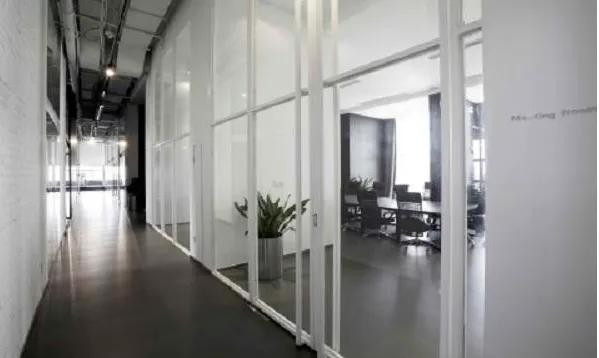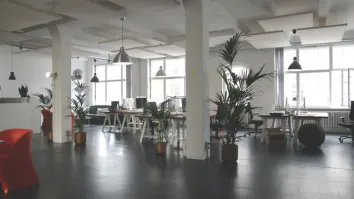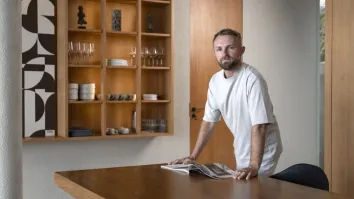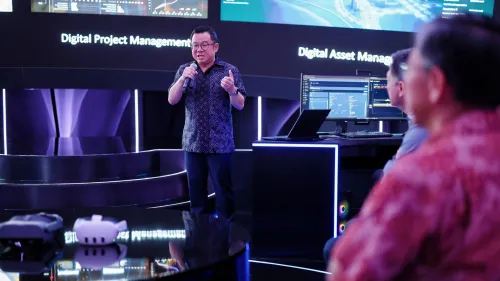
Tokyo's 2020 office supply to reach 17-year high but high occupancy eases glut concerns: Savills
Well over 95% of the supply has already been filled or pre-leased, whilst existing supply has little vacancy.
Savills predicts 2020 is set to be a historic year in terms of office supply, with some 450,000 tsubo of GFA estimated to come online in the central five wards (C5W) alone.
With 2019 being an average year in terms of new office supply, amid the intense competition for space, Grade A office vacancy in the C5W was close to nil. Meanwhile, underpinned by solid corporate profit growth – particularly in the technology sector – rents continued their upswing.
Specifically, by year end, average Grade A rents in the C5W had reached JPY37,373 per tsubo per month – an increase of 8.0% year-on-year (YoY). Indeed, fundamentals appeared solid heading into the new decade, only for the COVID-19 outbreak to scupper the sector’s previously optimistic prospects.
Here's more from Savills:
Looking further ahead, the Grade A office market could be set for a bumpy ride. Supply this year is predicted to be almost double that of 2019, and the most since 2003. Thereafter, the next surge in supply is expected in 2023, where around 380,000 tsubo could come online.
Bookended by these instances of significant supply, the difference during 2021 and 2022 will be stark. The lower levels of new supply expected in these years will do much to alleviate the pain from secondary vacancy, which will likely make a noticeable appearance in 2021.
As such, viewing this four year period as a whole, supply is anticipated to be somewhat similar to the long-term average. As for 2024, whilst information is limited, the expectation is for supply to be similar to 2019. In contrast, 2025 is anticipated to see another supply boom led by East Japan Railway’s Shinagawa Development Project (phase I). The development will certainly be a boon for Tokyo’s status as a dynamic, global city, though its large office component may soften mid-term rental growth in the sector.
Of the many projects to be completed, a common theme is size. In fact, aligned with the previous calls for larger floor plates in order to foster collaboration, the number of large-scale projects (with GFA of over 30,000 tsubo) in 2020 is set to be the most in history. Yet, the requirements for social distancing, and the emergence of both remote work and flexible hours as part of corporate life, could have a marked impact on office preferences in the post-pandemic world.
That said, the talk of potentially drastic changes might be premature without a known timeline for the availability of a viable vaccine. After all, large companies may end up keeping the majority of currently leased space for the time being if, during strategic review and before implementation – which could easily take more than a year, the threat of the pandemic starts to subside.
Unsurprisingly, given the economic importance of the C5W, most new office developments are located in this submarket. That said, there are signs that developers are looking further afield in search of opportunities. For instance, having accounted for around 13% of new office supply in 2018 and 2019, the 18W’s average share is likely to increase to around 18% during 2020 to 2023. Most notably in 2022, this figure could be as high as 29%, with Shinagawa making up an estimated 50% of this floor space.
Indeed, functioning as something of an extension to the C5W, this ward is set to undergo significant redevelopment, with projects such as Sumitomo Fudosan Osaki East Project bringing close to 15,000 tsubo of GFA to the table. Meanwhile, with the arrival of the Maglev line in 2027, the area around Shinagawa station is also undergoing substantial change. For example, the tentatively named Shinagawa Development Project (phase I) is anticipated to add around 260,000 tsubo of mixed-used space by 2025, likely exceeding Roppongi Hills on a GFA basis.
2019 was certainly a big year for Shibuya and competition for space was particularly fierce. Faced with labour shortages, especially among software engineers, a focus on retaining and attracting talented staff by improving the working environment had further enhanced the appeal of the modern, open-spaced, high-grade office.
As a result, completion of projects such as Shibuya Scramble Square – a B7/47F structure with around 55,000 tsubo of GFA – saw a variety of technology companies with solid profit growth, such as SoftBank, join the fray. Rents duly responded with double-digit YoY growth.
Even so, a reversal in this trend is likely to be on the cards going forward amid the ongoing workplace reforms, especially surrounding working from home. This could be especially pronounced in Shibuya, home to a cluster of technology companies and where recent rental growth in the C5W has been the strongest. Neighbouring submarkets such as Ebisu and Gotanda are likely to have collateral damage as a result.
Elsewhere, having seen the least change in office supply over the same period, Chiyoda and Minato are expected to lead the way in 2020, with both submarkets likely to expand by around 5% over the year. Notable projects include Otemachi One in the former – a huge multi-tower complex with around 80,000 tsubo of GFA completed in February – and Kamiyacho Trust Tower in the latter – a B3/28F structure with a GFA of over 40,000 tsubo.
A clear divergence manifests between the two submarkets in 2023, however, and with the momentum in Chiyoda running out of steam, Minato could eventually become home to the largest stock of offices in the C5W (Graph 2). What’s more, with the ward containing relatively more residences and amenities than its central peers, any material changes to working habits may actually be a somewhat tailwind over the longer term compared to the other C5W constituents.

For the three main business districts anticipated to undergo a marked expansion during the early part of this decade, 2019 was somewhat placid. In fact, the Marunouchi & Otemachi district – set to witness the greatest change in 2020 – saw less than 10,000 tsubo come online last year. That said, this was perhaps understandable considering the significant expansion that took place in 2018.
In total, the area looks likely to see an additional 150,000 tsubo of GFA in 2020 , with the aforementioned Otemachi One project counting towards around half of that total. Interest in the property was strong from the outset, with demand from international companies such as UBS and PwC. With close to 70% of its imminent pipeline set to be completed this year, however, activity in the main financial district of Tokyo could be fairly quiet towards the end of the supply boom in four years’ time.
Meanwhile, given the tenant profile in this area – where large Japanese corporations are concentrated – the response to COVID-19 is likely to be observed later than in other areas. Indeed, though not unheard of globally, it is perhaps more likely in Japan for these types of multinational firms to take a year or two to make decisive decisions such as company wide work style reforms.



















 Advertise
Advertise



